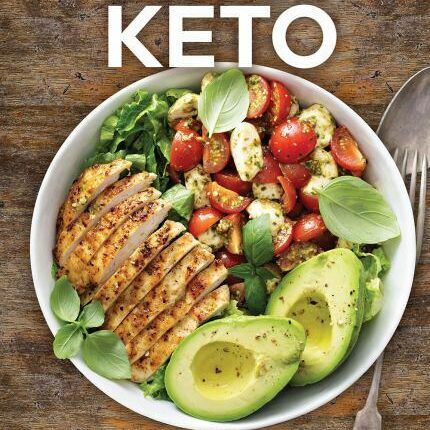Introduction
The ketogenic diet has become one of the most popular dietary trends for its effective role in weight loss, improved energy levels, and potential benefits in managing various health conditions. This low-carbohydrate, high-fat diet requires meticulous planning and understanding of what foods to include to successfully achieve and maintain a state of ketosis. Here, we delve into the variety of foods that are considered keto-friendly, offering a detailed guide to help navigate your keto journey.
Understanding Keto Basics
The core principle of the ketogenic diet is to drastically reduce carbohydrate intake and replace it with healthy fats, alongside a moderate protein intake. This shift pushes the body into ketosis, a metabolic state in which fat provides most of the fuel for the body, enhanced by ketones produced in the liver.
Key Categories of Keto-Friendly Foods

1. Healthy Fats
Healthy fats are the cornerstone of the ketogenic diet. They not only help maintain ketosis but also keep you satiated. Here are some top sources:
- Avocados: Rich in monounsaturated fats and very low in carbs.
- Coconut Oil: Contains medium-chain triglycerides (MCTs) that can increase ketone production.
- Olive Oil: Excellent for salad dressings or drizzling over cooked vegetables; it’s high in oleic acid.
- Butter and Cream: Preferably from grass-fed cows, these are good for cooking and adding richness to dishes.
- Nuts and Seeds: Almonds, walnuts, flaxseeds, and chia seeds are great for a quick snack or as additions to meals.
2. Proteins
Protein should be consumed in moderation to prevent it from converting to glucose and interrupting ketosis. Optimal sources include:
- Meat: Beef, pork, lamb, and other meats are carb-free and rich in high-quality protein.
- Poultry: Chicken and turkey offer lean protein; skin-on preparations can help increase fat intake.
- Fish: Fatty fish like salmon, mackerel, and sardines are high in omega-3 fatty acids.
- Eggs: Highly versatile and one of the best keto foods, eggs are low in carbs and high in protein and fat.
3. Low-Carb Vegetables
Non-starchy vegetables are low in calories and carbs but high in many nutrients, including vitamin C and several minerals.
- Leafy Greens: Spinach, kale, and other leafy greens are extremely low in carbs.
- Above-Ground Vegetables: Broccoli, cauliflower, and zucchini typically have fewer carbs than underground vegetables.
4. Dairy
Certain dairy products are high in fat and protein while being low in carbohydrates, making them suitable for the keto diet:
- Cheese: Cheddar, mozzarella, brie, goat cheese, and cream cheese are all high in fat and low in carbs.
- Full-Fat Yogurt: Plain Greek yogurt and cottage cheese can be good in moderation, serving as a high-protein, high-fat option.
5. Berries
While most fruits are high in carbs, berries are an exception and can be enjoyed in moderation on the keto diet.
- Berries: Strawberries, blueberries, and raspberries can be eaten in small amounts and are rich in antioxidants.
Beverages
- Water: Should be your go-to beverage to stay hydrated.
- Coffee and Tea: Can be consumed black or with added heavy cream.
- Bone Broth: Is nutritious and offers both hydration and electrolytes.
Conclusion
Adopting a ketogenic lifestyle doesn’t mean you have to restrict yourself to a monotonous diet. A wide variety of keto-friendly foods can fit into this dietary pattern, allowing for delicious and nutritious meals that maintain your health and help achieve weight loss goals. Remember, the key to successful keto eating is balancing your intake of fats, proteins, and carbs while enjoying a diverse and satisfying diet. Always keep track of your macro intake to ensure you stay in ketosis and on the path to your health and wellness goals.
